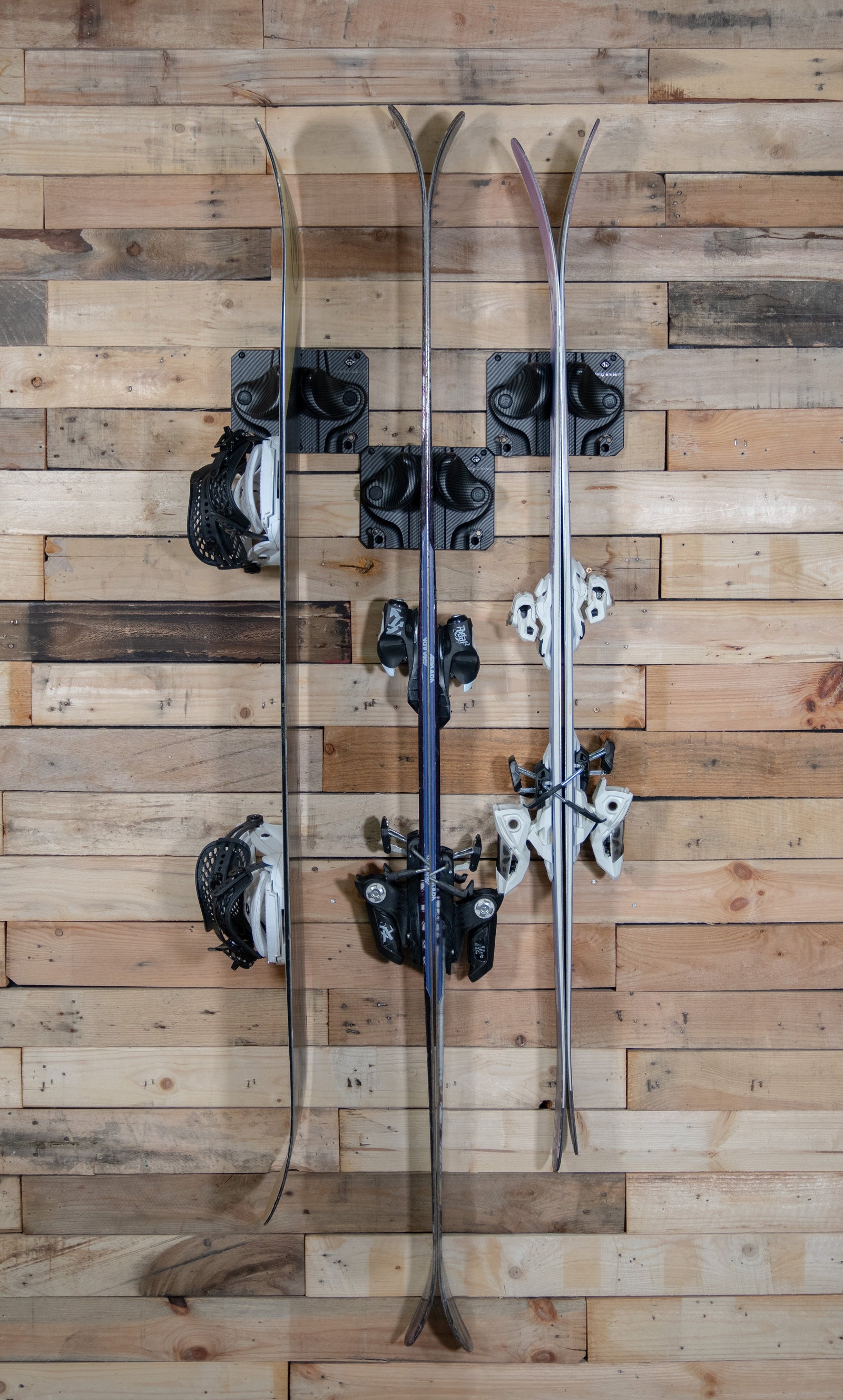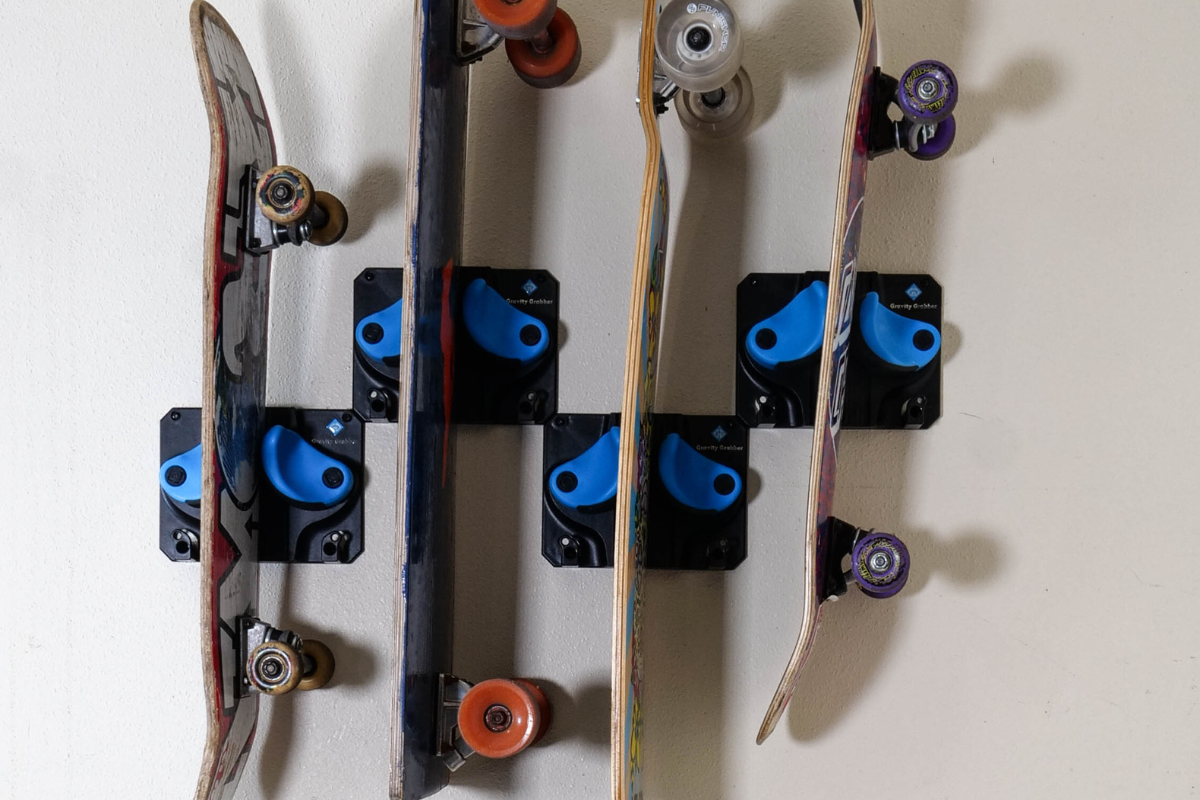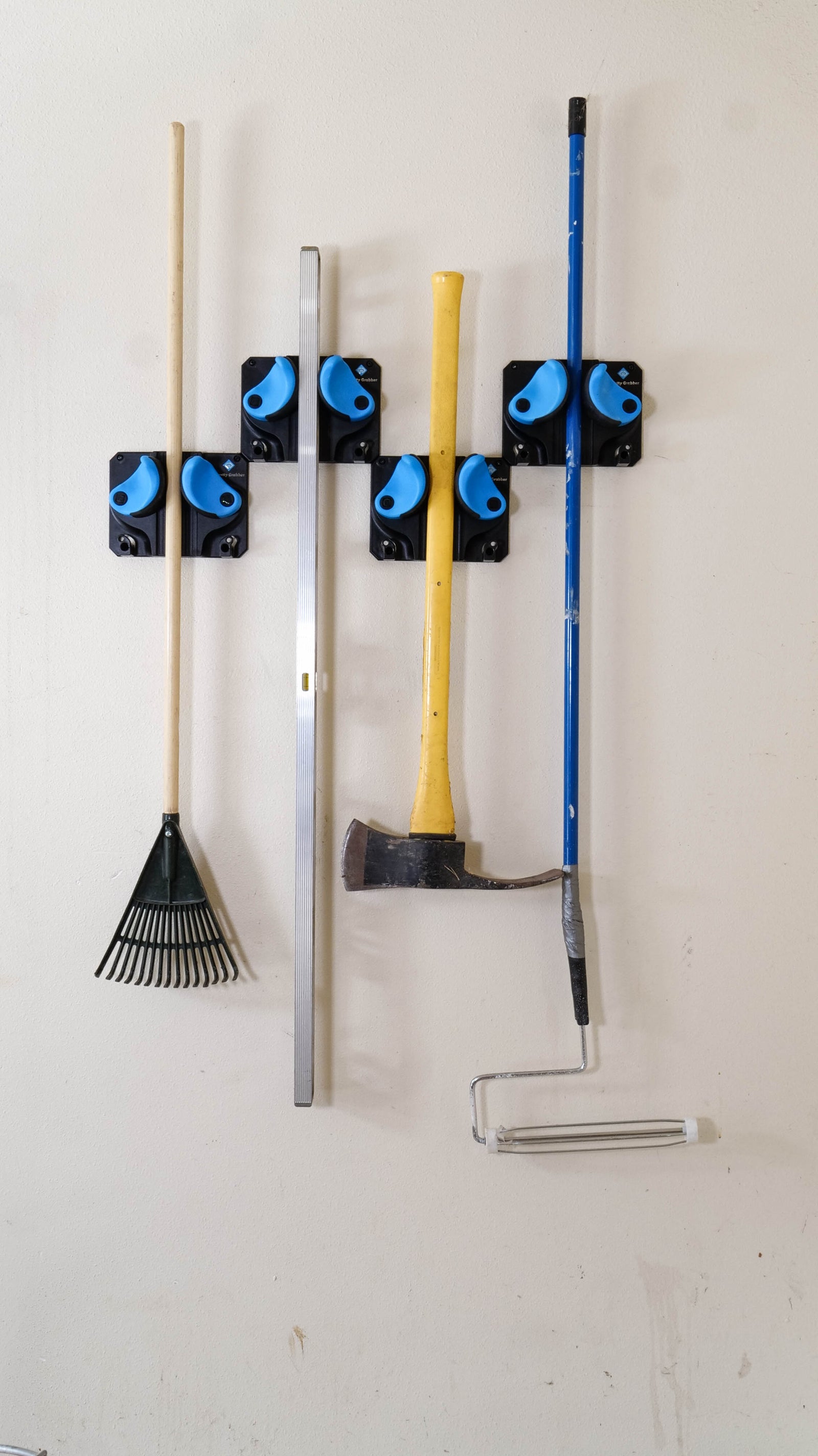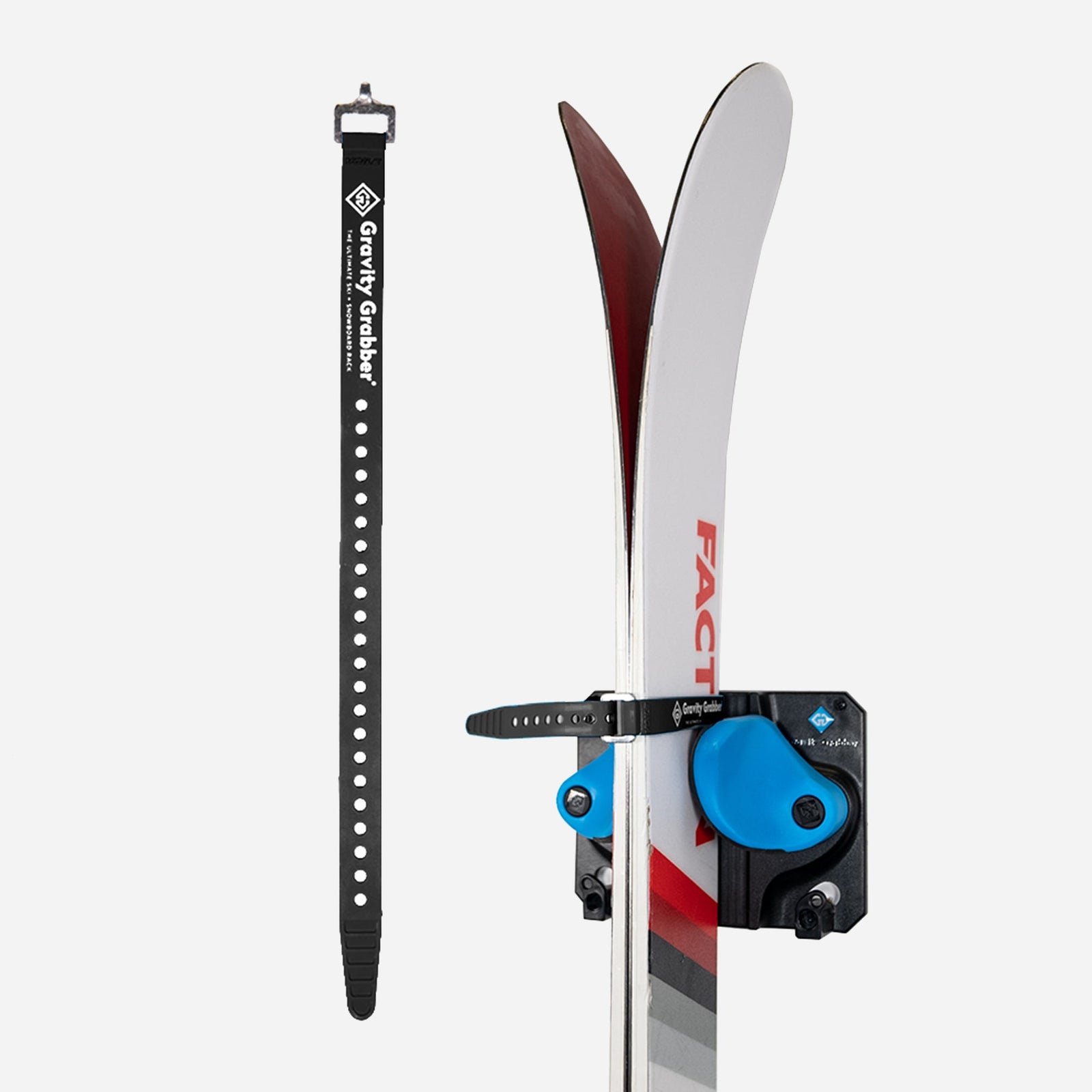Ski design has evolved significantly over the years, and one of the most important innovations in modern skiing isski rocker. Whether you're a beginner navigating groomed runs or an advanced skier chasing powder, understanding ski rocker can help you choose the right skis for your style and conditions. But beyond performance, properly storing your skis is just as crucial—keeping their shape intact ensures they perform as intended season after season.
What is Ski Rocker?
Ski rocker refers to theshape of a ski’s profile when viewed from the side. Traditionally, skis had a fully cambered profile, meaning the middle of the ski arched upward while the contact points at the tip and tail remained in contact with the snow.Rocker, however, reverses this shape—the tip, and sometimes the tail, curve upward earlier, reducing the ski’s effective edge length on hard snow while improving floatation in powder.
Types of Ski Rocker
Not all ski rockers are the same. Different variations cater to different skiing styles and terrain. Here’s a breakdown of the most common ski rocker profiles:
1. Full Camber
-
Traditional ski design with an upward arch in the middle.
-
Provides excellent edge grip, stability, and rebound on groomed trails.
-
Best for carving and aggressive on-piste skiing.
2. Tip Rocker (Early Rise Tip)
-
The front of the ski curves up, while the rest of the ski maintains camber.
-
Improves floatation in powder and makes turn initiation easier.
-
Ideal for all-mountain skis that need to perform in various conditions.
3. Full Rocker (Reverse Camber)
-
The entire ski curves upward, reducing edge contact with the snow.
-
Provides superior floatation in deep powder but less edge grip on hardpack.
-
Often found in powder and freeride skis.
4. Rocker-Camber-Rocker
-
A blend of camber underfoot for edge grip and rocker at the tip and tail for maneuverability.
-
Offers a balanced mix of stability, control, and versatility.
-
One of the most common profiles for all-mountain skis.
Why Ski Rocker Matters
Ski rocker affects everything fromturn initiation and floatation to edge grip and stability. Here’s why it’s important:
-
Easier Turn Initiation – Rockered tips make it easier to roll into turns, reducing effort and increasing agility.
-
Better Floatation in Powder – The lifted tips keep the skis from diving into deep snow, making powder skiing more effortless.
-
Improved Maneuverability – Rocker profiles, especially in the tail, allow for easier pivoting and playful skiing in variable terrain.
-
More Forgiveness – Skis with rocker tend to be less catchy, making them a good option for skiers still refining their technique.
Protecting Your Ski Rocker with Proper Storage
Because ski rocker impacts performance,storing skis properly is crucial to maintaining their intended shape. Leaning skis against a wall, stacking them incorrectly, or improperly securing them in racks can lead towarping or unnecessary pressure on the rocker profile.
One way to prevent this is by using a ski rack thatevenly supports your skis without adding stress to the tip or tail.Gravity Grabber is an innovative solution that holds skis securely whileprotecting their rocker shape. Unlike traditional ski racks that clamp too tightly or apply pressure in the wrong areas,Gravity Grabber ensures that skis stay in place without compromising their design.
Final Thoughts on Ski Rocker and Proper Storage
Understandingski rocker helps you choose the right skis for your style, terrain, and conditions. Whether you prefer carving groomers, floating through powder, or tackling varied terrain, the right rocker profile enhances your experience on the slopes. And once you're off the mountain, proper storage is key to preserving your skis’ performance. By using a rack likeGravity Grabber, you can keep your gear in top shape and ready for your next adventure.




